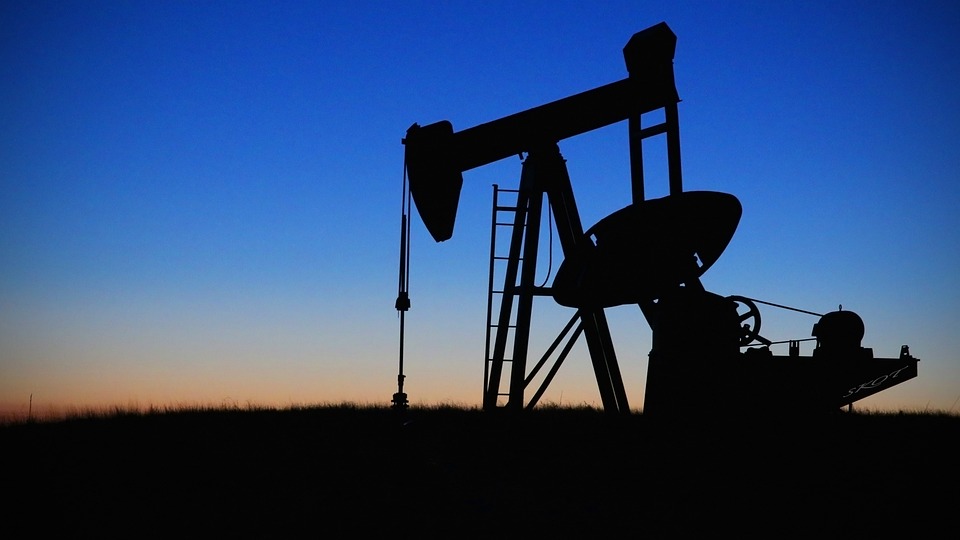OPEC+ Expected To Agree Output Increase
Energy
The oil market has seen an impressive recovery since mid-December. Brent crude has rallied by more than 10% taking the market back within striking distance of the US$80/bbl level. There are a couple of drivers which have helped to push the market higher. Firstly, there is a growing belief that whilst the Omicron variant is more transmissible than previous variants, it is less deadly. This has helped ease some demand concerns, although, we will need to see how governments around the world react as cases grow in their countries. Plenty of attention will be on China, and whether they can continue to pursue their zero covid policy if we see a flaring up of cases there.
Secondly, supply disruptions have also been supportive. Libya’s largest oil field, Sharara, has been shut by militia and output has fallen by around 350Mbbls/d. In addition, repair work to a damaged pipeline is expected to see output fall by a further 200Mbbls/d according to Bloomberg reports. These declines more than offset the agreed supply increase from OPEC+ members over January.

Image Source: Pixabay
The recovery in the oil market, and the cautiously optimistic demand outlook suggests that OPEC+ will continue to increase supply. The group is scheduled to meet later today to decide whether they should increase output by 400Mbbls/d over February. Expectations are for the group to stick to the deal. Any deviation from this would be a surprise to the market.
The natural gas market has had an extremely volatile time over the holiday period. European gas prices traded to record highs in December (rallying as much as 88% at one stage). The catalyst for this move was reduced Russian flows into Europe, particularly along the Yamal pipeline. In fact, flows of gas along the pipeline have been moving eastwards from Germany into Poland rather than the usual westward flows. The LNG market has helped to ease concerns in the European market. Increased US LNG flows into Europe saw prices towards the end of December give back all of the gains made earlier in the month. However, spot Asian LNG prices are now back at a premium to Europe, which suggests that the trend of stronger LNG flows to Europe is likely to slow. And in the absence of a pick-up in Russian flows, hub prices in Europe are likely to remain well supported. European gas storage is around 56% full at the moment, compared to a 5-year average of around 71%.
Metals
Metals entered the new year on a strong footing for several reasons. Firstly, market risk appetite remained strong towards the end of last year. Secondly, the spike in the European gas and power market sent aluminium and zinc higher, with fears of further supply disruptions. This also came against the backdrop of most LME metals ending 2021 with low inventories and in deficit.
There have been further casualties amongst European aluminium smelters following a spike in power prices. Romanian producer, Alro, announced that it would reduce its primary aluminium production by 60% in 2022. The Slovalco aluminium plant is also said to be trimming its production to 60% of capacity. Meanwhile, Alcoa said it would halt production at its San Ciprian smelter in Spain for two years. There has been an estimated 500kt of capacity losses in Europe during 4Q21. For zinc, there haven’t been any further cuts made known to the market after Glencore and Trafigura announced reductions at their European operations. But there is still plenty of uncertainty for the European gas and power market, and an implication of this is that it will be very difficult for energy-intensive users to secure a competitive power deal going forward. Hence, the impact may last long beyond the 21/22 winter season.
In Asia, there are also energy risks for the aluminium industry. This follows Indonesia surprisingly announcing that it will ban coal exports for one month. The move could potentially have knock-on effects in China and India, which are the usual destinations for Indonesian coal. If we cast our minds back to early 4Q21, there were concerns in India for the aluminium industry due to low domestic coal inventories. China has also had to deal with its own power issues, although domestic coal production was boosted in order to ease the Chinese power crunch. It is yet to be seen whether these two markets have enough of a cushion to get through the Indonesian export ban and avoid a further squeeze to their power markets.
Disclaimer: This publication has been prepared by ING solely for information purposes irrespective of a particular user's means, financial situation or investment objectives. The information ...
more


